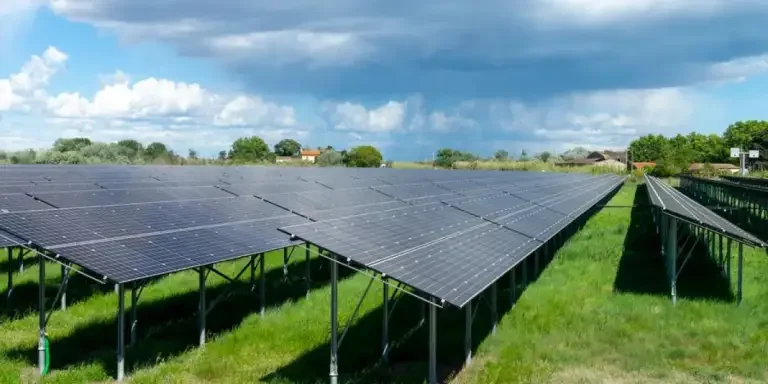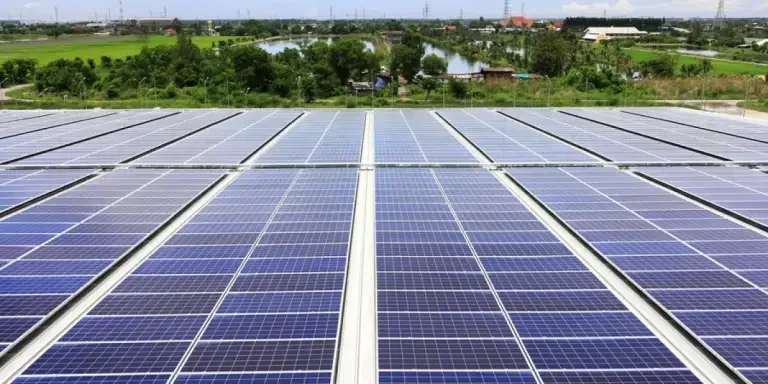CAN Europe Study on What’s Stopping Renewable Energy Growth in North Macedonia & Serbia
Political inertia, bureaucracy, and governance gaps hamper renewable growth in North Macedonia and Serbia, says Climate Action Network (CAN) Europe study.
CAN Europe Study on What’s Stopping Renewable Energy Growth in North Macedonia & Serbia Read More »









